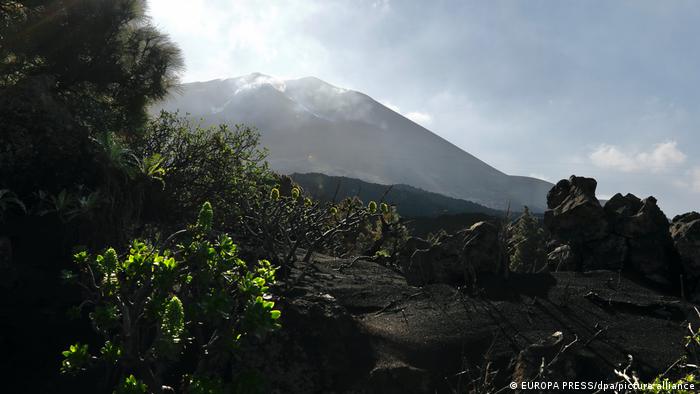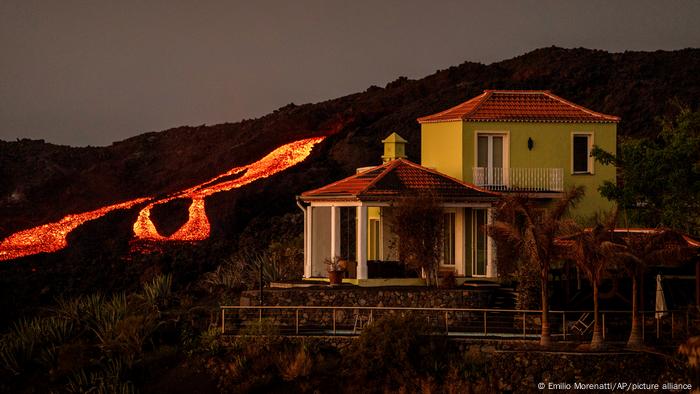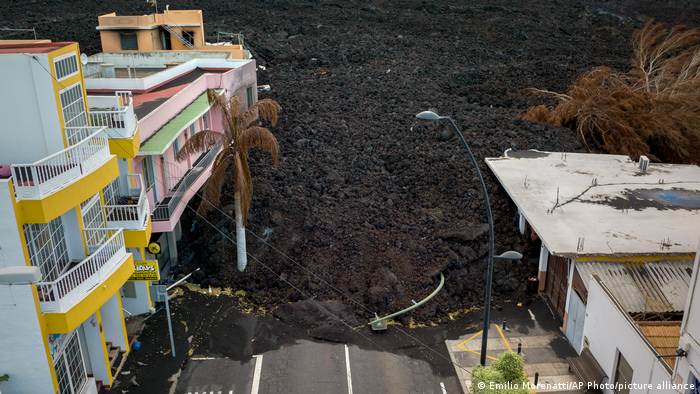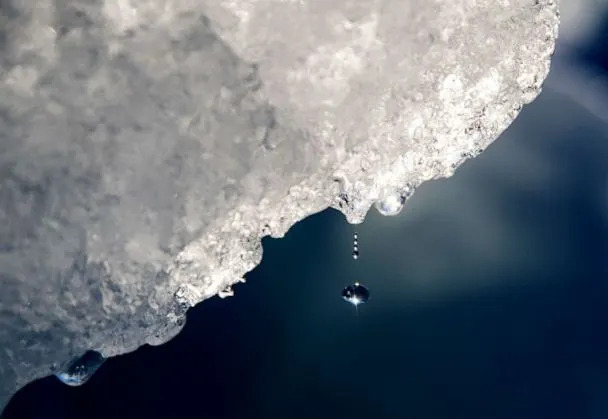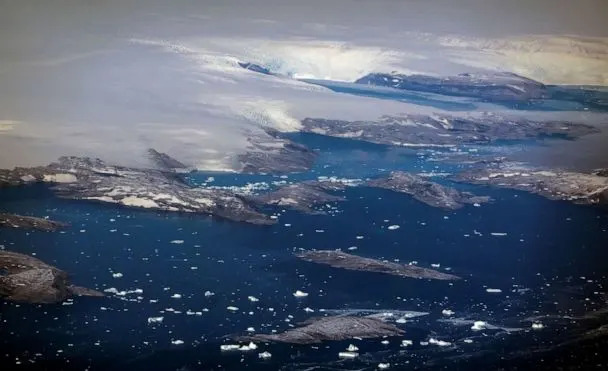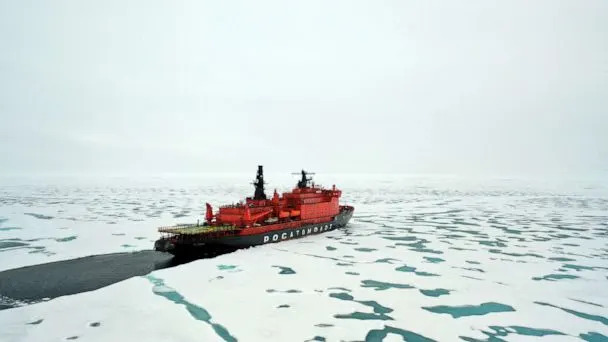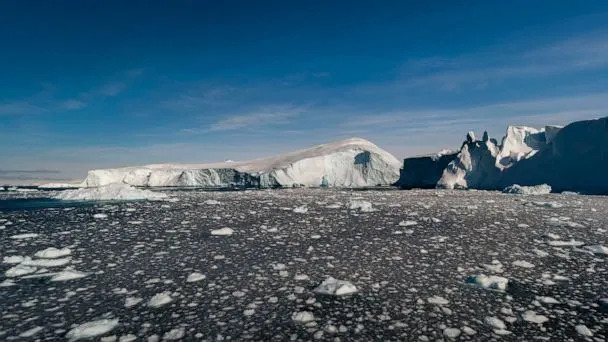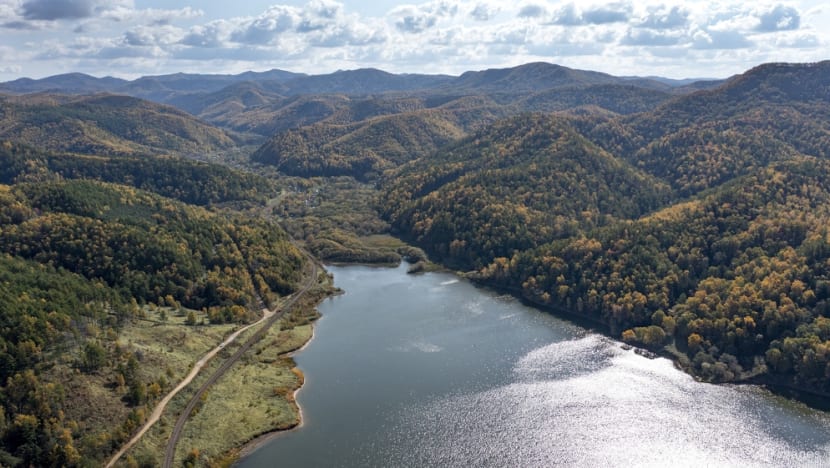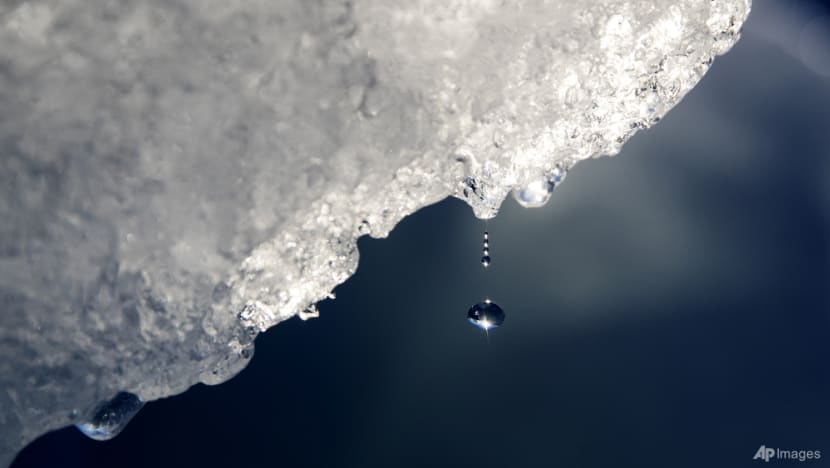
Nicole Fallert
Thu, December 23, 2021
When the COVID pandemic first struck, Johanna Daile, a third-year student studying history and psychology at John A. Logan College in Carterville, Illinois, knew they would have trouble concentrating in virtual classes. Having already accumulated $58,000 of debt over three years of college, they decided to temporarily quit school during the pandemic to focus on paying back their loans.
But the pandemic continued — and got worse. Daile, then an assistant manager at Dairy Queen, relocated to Bay St. Louis, Mississippi, to be near family in September 2020. They transferred to another Dairy Queen location, working the same position for less pay. The 24-year-old switched jobs a few more times before finding their current position at Kay Jewelers.
Because they did not graduate, Daile wasn’t able to get their loans deferred, and going back to school isn’t possible without taking out even more loans. Their payments are up to $750 per month — over half of their paycheck. They want to resume their education, but the risk of taking on even more debt severely limits their options, Daile told BuzzFeed News. Now their goal is to return to school by 2025, if they are able.
Student loan debt is an overwhelming burden shared by over 40 million Americans. It can follow people throughout their lives and lock them out of significant milestones like buying a home or, in Daile’s case, obtaining a degree.
Under the CARES Act, student loan repayments were paused, and the federal student loan interest rates were set at 0% as of March 2020. In August this year, a month before the pause was set to expire, President Joe Biden pushed the deadline to resume payments to Jan. 31, 2022.
As COVID cases surged this past month, the president on Wednesday announced that he would extend the pause to May 1, 2022. But Biden — who promised on the campaign trail to forgive $10,000 in student loan debt per borrower — has not indicated that he will cancel student debt outright, as progressive lawmakers have demanded, a move that would provide immense financial relief to millions of Americans.
In his announcement of the extension, Biden acknowledged the difficulties that over 40 million borrowers have faced during the pandemic.
“Now, while our jobs recovery is one of the strongest ever — with nearly 6 million jobs added this year, the fewest Americans filing for unemployment in more than 50 years, and overall unemployment at 4.2 percent — we know that millions of student loan borrowers are still coping with the impacts of the pandemic and need some more time before resuming payments,” Biden said in his Dec. 22 statement.
Biden also promised that the Department of Education would offer support programs in the meantime and to help borrowers make payments come May 2022. But many borrowers told BuzzFeed News the extension doesn’t remotely solve the dire financial issue of $1.7 trillion owed in US student loan debt (including federal and nonfederal loans).
“I just wish that it could help those who cannot afford to finish their education and those with private student loans because it was their only choice,” Daile said. “Adults in [the] upper-middle class and upper class can survive, but lower-middle class to low class, we are barely surviving with our payments.”
Student loan debt is just not a problem for millennials, according to Alan Collinge, founder of StudentLoanJustice.org, a group that advocates for total cancellation. More than half of all borrowers are over 35 years old, according to Department of Education data from 2020. Older people owe more than younger people, even though they may have borrowed less money initially years ago, Collinge said in the group’s response to Biden’s extension this week.
BuzzFeed News reached out to members of the “Student Loan Justice” Facebook group, where borrowers share their stories and support one another. Many of them reacted to Biden administration’s recent extension with deeply personal stories.
Kristina Allen, 52, lives near San Francisco and has one more online class to earn a bachelor’s degree in nursing from Regis University. She initially took loans out when she began studying to become a registered nurse as her twin daughters attended college. She graduated in 2008.
“I was a single mom in poverty, and I desperately wanted my twins and their little sister to have a better life,” Allen said, adding that her three daughters are all college graduates now. “My granddaughter doesn't know what hungry is, so the cycle of poverty stopped.”
Over the years, Allen has paid off $90,000 in loans but still owes about $75,000; her initial loan was less than half that amount. Between 2015 and 2016, around her third year of the bachelor’s program at Regis, Allen defaulted on her federal loans and was charged exorbitant interest and fees. She‘s also subjected to a wage garnishment, which means a percentage of her disposable income is being withheld until her loan is paid off or considered not in default. One-quarter of her pretax income has been garnished since 2017 until the first pause in loan repayment came during the Trump administration, she said.
Biden’s announcement of a loan repayment extension came as a relief. But once payments restart in the spring, Allen believes she’ll have to “drop her dream” of a master’s degree to focus paying off her loans with the wage garnishment.
“Retirement? A home of our own? Not even a thought,” Allen, who said she has lupus and a related blood clot disorder, told BuzzFeed News. The repayment pause has given her a much-needed financial break to afford care for her husband, who has end-stage cancer, as well as address her own health issues she’s neglected. But, Allen said, she can’t afford to move closer to family and friends in New England; she needs her current work-provided health insurance to pay for her husband’s chemotherapy, support herself, and pay the loans.
“I'd like to work less and take care of my own health, but I can't, because of my loans,” Allen said.
Like Allen, Michael Goolsby, a 56-year-old who works at a Walmart in Fernley, Nevada, said Biden’s new deadline will postpone his wage garnishment; he told BuzzFeed News that, since 2019, 15% of his paycheck has been withheld to pay off his loans. Goolsby has a bachelor’s and master’s in history from Colorado State University; when he finished his master’s in 1991, he had $25,000 in student loan debt.
The following year, he was told he faced a default. As a result, his school would not release his transcripts to potential employers, he said. He accepted an offer in early 1994 to consolidate his debt under a Sallie Mae program, which required him to take out a $36,000 loan. But multiple payment deferments and defaults only compounded his debt, causing him to fall behind no matter how much he worked, he said, ultimately leading to a wage garnishment. He said he’s trying to keep other debts down so he can eventually declare bankruptcy.
His student loan debt now stands at more than $100,000, he said.
“I did many things over time for a job, from driving a truck, managing a fast-food restaurant, working on an assembly line, being a paralegal for a San Francisco law firm for six years, working in IT doing technical support for 15 years, and then driving a cab and leaving California for Reno, Nevada, because that's where the jobs are nowadays as I work towards retirement, which may not even be on my 65th birthday in 2030,” Goolsby said. “But here I am.”
Justin Schanck, 43, a teacher in Macon, Georgia, said he owes $80,000 in loans from his combined graduate and undergraduate degrees.
“I went to grad school to try and better my life and increase my income, only to add on more loans,” he told BuzzFeed News. Schanck said he blames himself for not thinking about the cost of a graduate degree, “but this predatory lending system certainly did not help.”
Not using his hard-earned money to pay off his loans during the pandemic has allowed his family to “reinvest” in his community, he said. They put a new roof on their house to stop a ceiling leak and have been determined to shop from local businesses.
“Once the payments start again, that money will essentially be taken away from the local economy,” Schanck said.
Yirzely Villanueva, 27, of Canyon Country, California, said she feels both “relieved and stressed'' by the extension. She told BuzzFeed News she has over $40,000 in debt from a master’s degree in teaching from the University of Southern California. She said she’s happy that interest is paused for now and she can pay back “exactly” what she borrowed.
“My loan is 60% of my savings and so I'm stuck,” she said. “I either pay off my loan and stay broke, or wait and be in debt indefinitely.”
As a Mexican American woman, Villanueva said she feels like the “deck is already stacked” against her when it comes to taking out loans for a home or a car. “With my luck, I'm scared once I hit ‘pay’ [my student loans] will be canceled.”
She said the extension makes her wonder why borrowers aren’t being allowed to just pay back their loans without interest.
“I feel like I'm just stuck in a horror movie waiting for the ‘interest monster’ to get me,” she said.
Like others, Lyndsey Summers, a 31-year-old in Portland, Oregon, said the extension is not enough. “I can’t say I’m unhappy about this extension, but it’s hardly enough for the millions of borrowers suffering,” Summers told BuzzFeed News.
She said she owes nearly $75,000 from her bachelor’s degree in communication media from Lock Haven University of Pennsylvania. She’s had trouble qualifying for public loan forgiveness and said she “struggles to get by” given her loans and her salary as a journalist. She said it’s been difficult trying to talk to the government and her loan servicer, with long hold times on the phone.
“It is the servicer who works with borrowers, and when you ask them for specific information, they point to the school,” Summers said. “The schools don’t have to keep records, by the way, for longer than 5 years — at least according to my institution. I wanted to see an itemized receipt for how my loans were applied to my education. I have no idea if I’ll get an answer. It would have been nice to be notified that records would be destroyed.”
Although state schools are “supposed to be more affordable,” Summers pointed out, it wasn’t for her. “I just want to be able to buy a home and get ahead.”
Amy (who asked that BuzzFeed News only use her first name for privacy), 55, is a former teacher in Louisiana. She said she originally borrowed $46,000 when she started her undergraduate degree in 1997; after “faithfully” paying off the loans for nearly two decades, she still owes $30,800.
“I really thought President Biden would follow through with his promises to help Americans such as myself that have been taken advantage of by a predatory loan system,” she said. “It looks like I was wrong.”
“I owe almost as much now as I borrowed, even after 20 years of payments!” Amy told BuzzFeed News. “I have resigned to the fact that I will never in my lifetime be able to pay them off. I will take them to my grave.”
Amy said she has applied for teacher forgiveness programs in the past but has always been denied. “I really thought President Biden would follow through with his promises to help Americans such as myself that have been taken advantage of by a predatory loan system,” she said. “It looks like I was wrong.”
Biden Has Extended A Pause On Student Loan Payments Due To The Latest COVID SurgeNicole Fallert · Dec. 22, 2021
Student Loan Relief Has Changed The Lives Of Millions Of Americans. It Ends In September.Pia Peterson · May 25, 2021
Here’s Why So Many Americans Feel Cheated By Their Student LoansAnne Helen Petersen · Feb. 9, 2019








